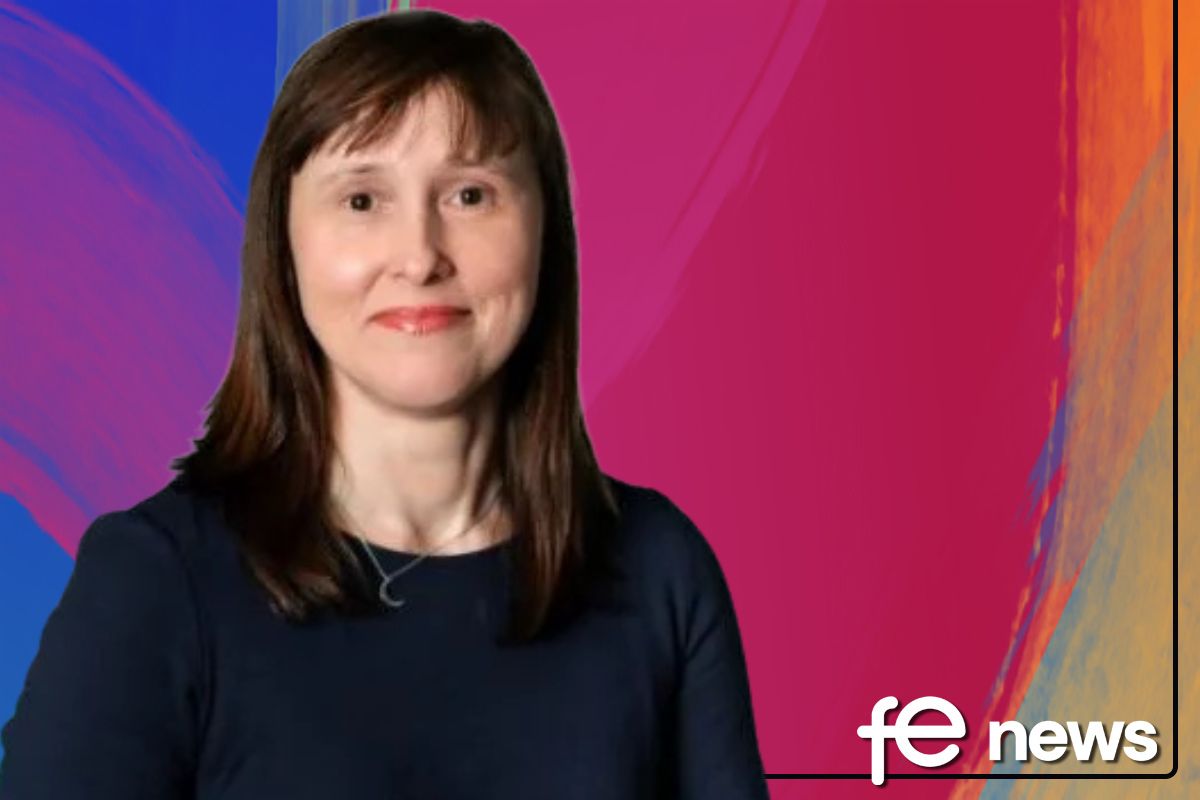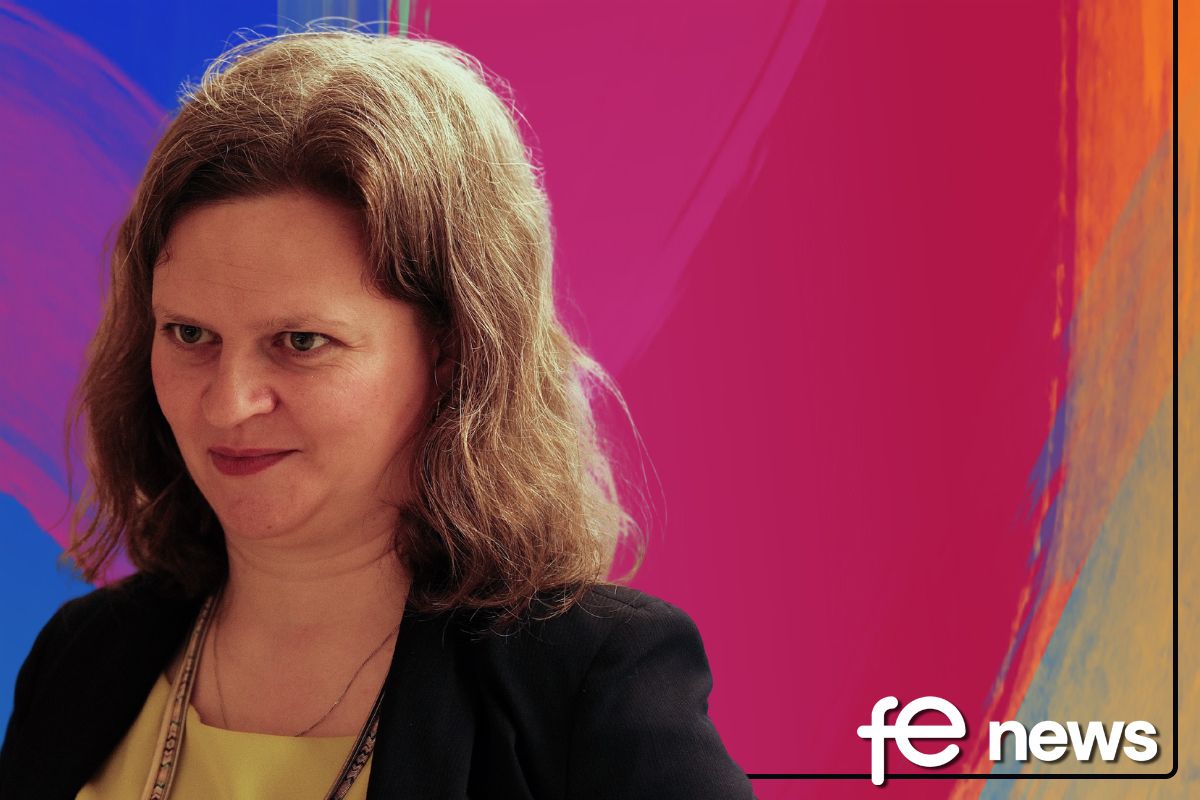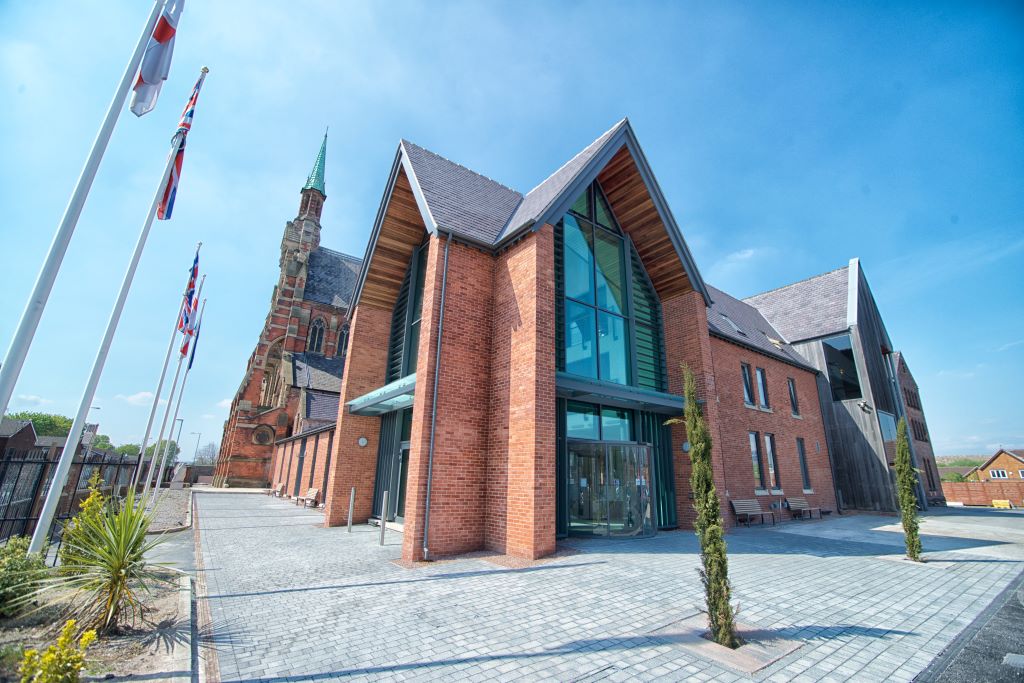Unlocking the Potential of Generative AI in Technical Maths Education

Imagine designing an enclosure for poison dart frogs—not just any enclosure, but one optimised for space, safety, and sustainability. This may not be the first thing that comes to mind when thinking about maths education, but it was a pivotal example in my latest report on Generative AI (GAI) in technical education.
Real-World Applications of AI in Maths
The scenario, developed by technical and maths teachers working together, demonstrated how AI-generated activities can contextualise maths in real-world vocational settings. Teachers used scenarios to explore how to engage students who might otherwise struggle to see its relevance. For example, in creating an enclosure for poison dart frogs, students would calculate surface areas and volumes to optimise space, apply ratio and proportion to balance humidity and ventilation, and use statistical models to predict environmental impacts. The calculations not only reinforced their maths skills but also made the learning process directly applicable to a real-world task.
Discovering the Potential of AI in Education
This report, commissioned by the Gatsby Foundation, explores how GAI can transform technical maths education and employability training. At its core, I realised that AI could be a powerful tool for scenario generation, one of the key methods in my work. My role has always been part anthropologist, part playwright—immersing myself in the minds of users, understanding their challenges, and crafting narratives that help them envision working with new tech.
When I first prompted ChatGPT to generate scenarios of AI-assisted education, I was curious to see whether it could come up with something that met my needs. My aim was to explore how AI could model the interactions between teachers, students, and AI itself, capturing the nuances of good learning design. I wanted to see if it could generate dynamic, context-rich scenarios that reflected real classroom challenges, fostering problem-solving and deeper engagement with technical maths. I quickly realised that AI could streamline this deeply human process, saving me effort and time while still capturing the richness of work-related contexts. I saw the potential for tailored, practical applications that could bridge gaps between technical and maths education in ways previously unimaginable.
The ‘Human Architecture’ of AI in Technical Education
But AI doesn’t replace people; it augments them. One key theme in the report is the ‘human architecture’ required to deploy AI effectively. Who needs which skills, and who can they call on for support? Teachers, curriculum leaders, and employers each have distinct roles to play, and AI can enhance—rather than replace—their expertise. Colleges need robust strategies to ensure AI tools support teaching, rather than dictate it. These strategies should also outline how staff can seek guidance from colleagues with more AI expertise, creating a support network that fosters collaboration and shared learning.
Scenario Generation in Maths Education
For technical maths education specifically, AI-generated scenarios offer a way to make abstract concepts tangible. By embedding maths within technical projects—like designing animal enclosures, planning electrical installations, or managing catering budgets—students engage with the subject in meaningful ways. AI can assist by generating structured scenarios, adjusting difficulty levels, and even simulating different vocational challenges to suit diverse learning needs.
Expanding AI’s role in FE strategy and operations
Beyond the classroom, Gatsby is now running AI-driven scenario generation workshops to support strategic planning for Further Education (FE) colleges. Principals face the challenge of aligning curriculum with industry needs, managing resources, and ensuring compliance with educational standards. AI can help model future trends, anticipate skills gaps, and provide practical guidance to make better choices.
This report is not just about what AI can do now, but how it can help shape the future of technical education. By integrating AI thoughtfully, we can support teachers, enhance student engagement, and create a more responsive, effective technical education system.
I’d love to hear your thoughts—how do you see AI shaping technical education in your field? Let’s discuss!
By David Jennings, DJ Alchemi Ltd











Responses